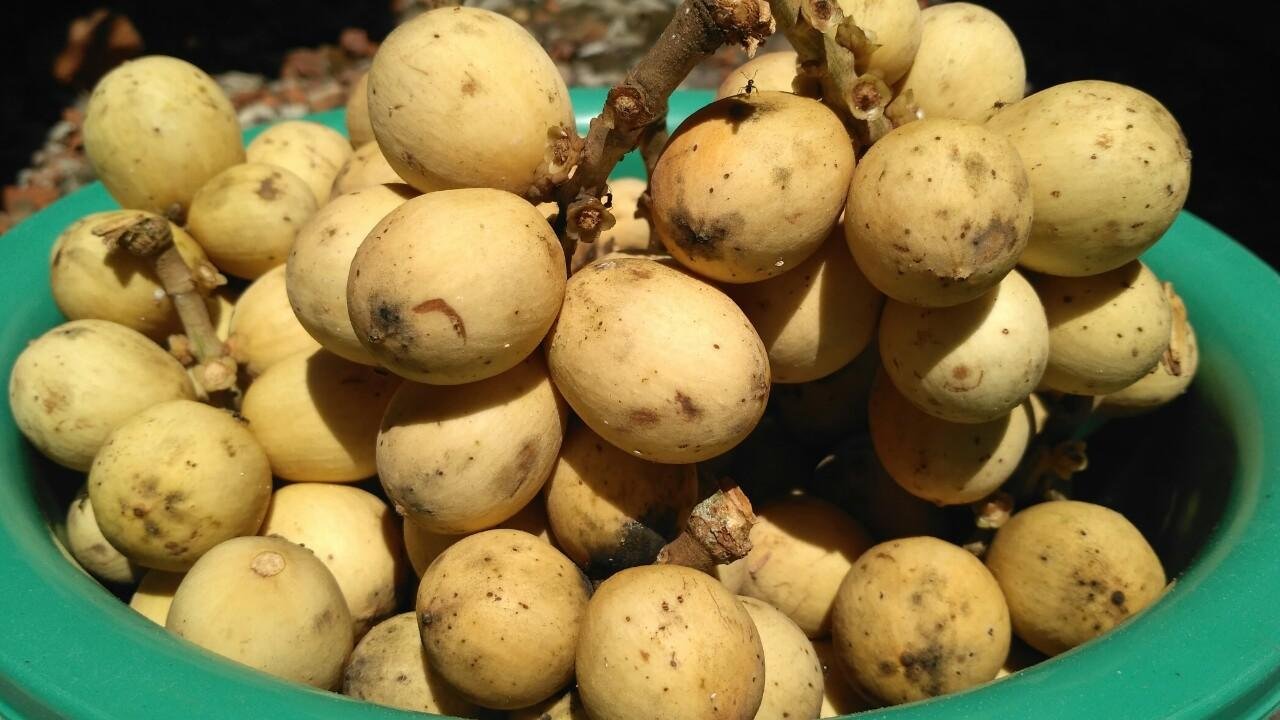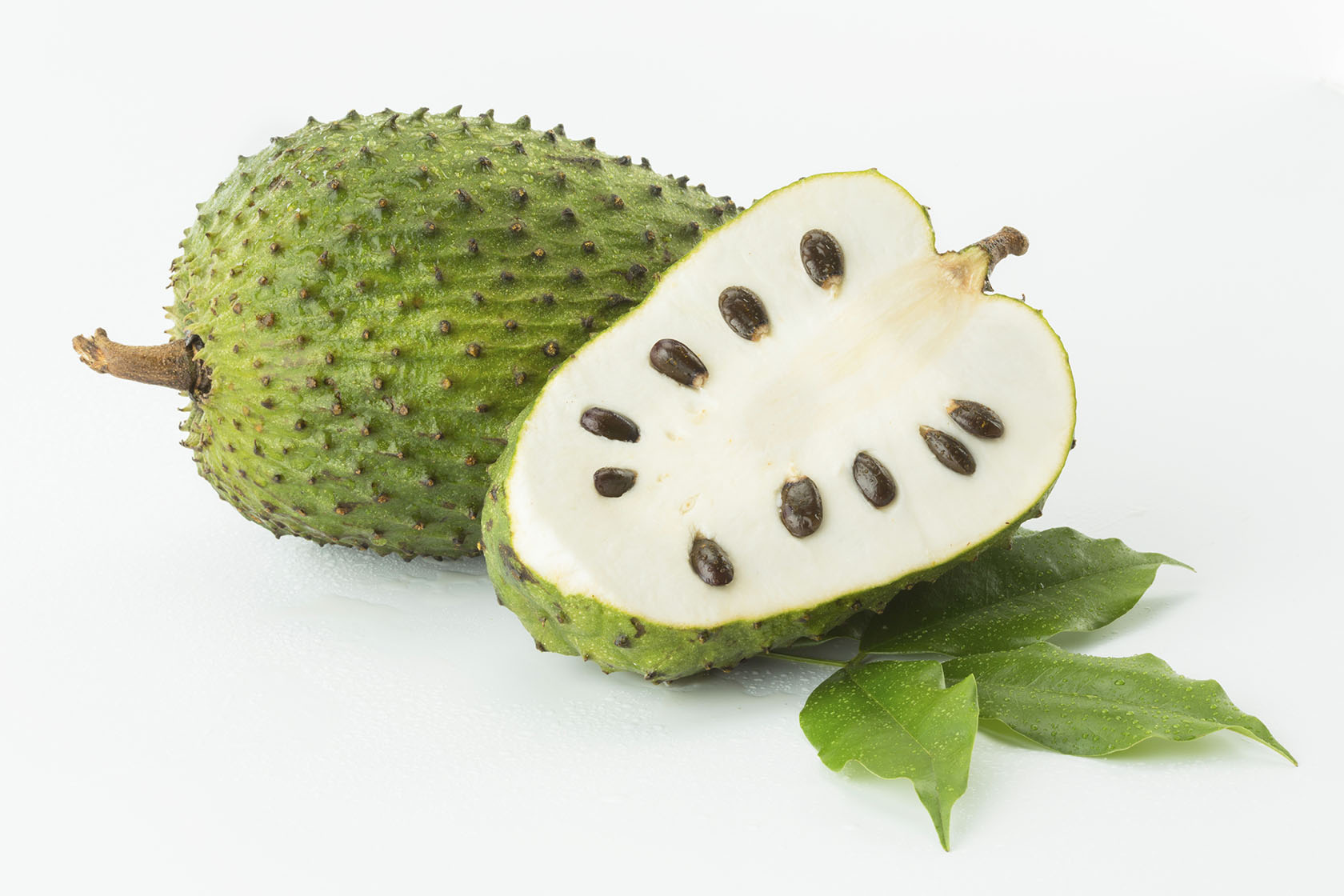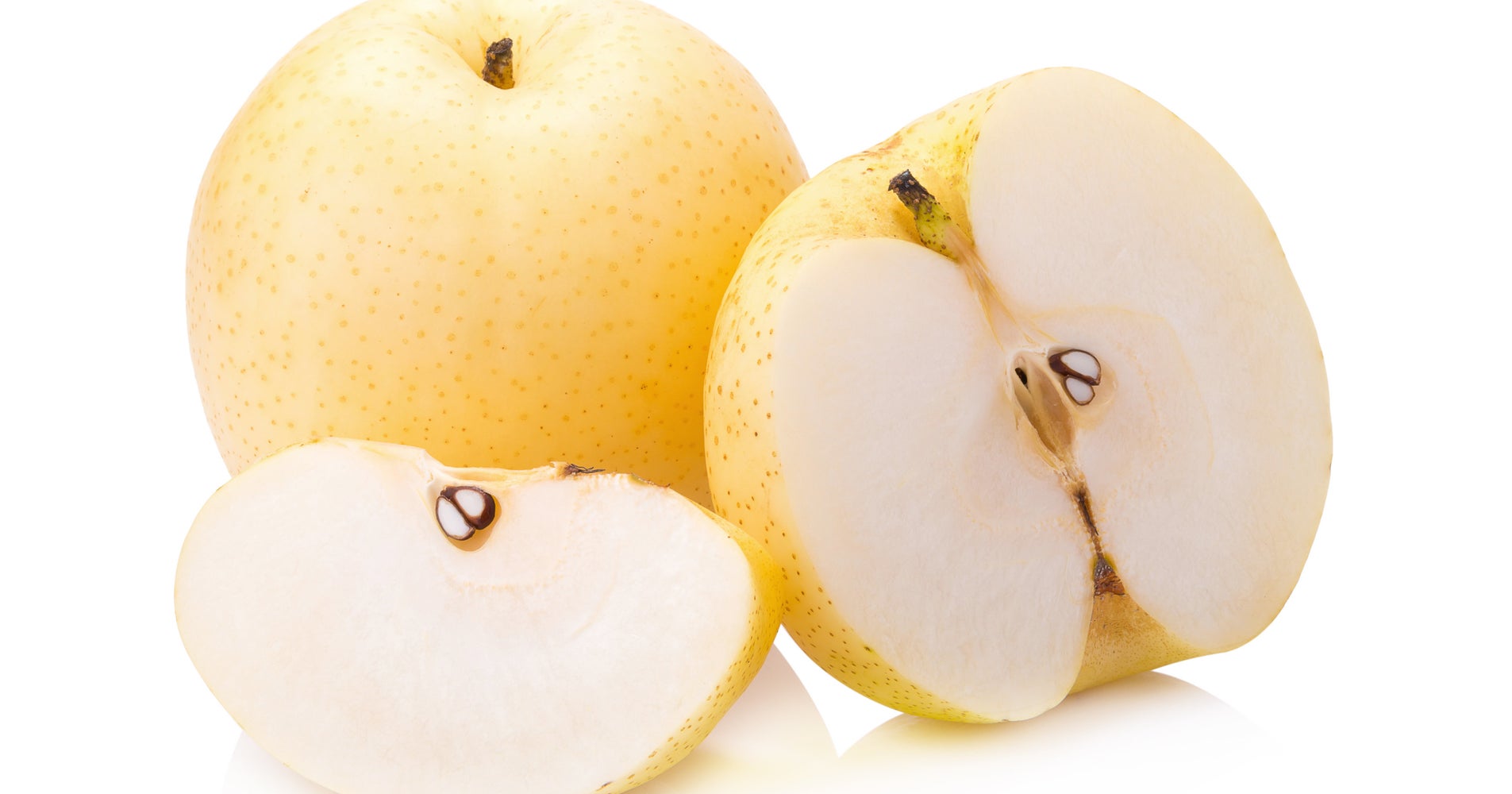Trying new foods is one of the best parts of visiting Southeast Asia.
In the two years, I lived in Malaysia, I came across dozens of fruits I had never even heard of in the United States, let alone tasted. Some of the most notable was durian – the so-called “king of the fruits” whose smell is so strong it’s banned from hotels – and rambutan, nature’s answer to the Koosh ball.
Nothing can compare to tasting these exotic fruits for the first time, but after one bite it’s clear to see why they are so beloved throughout the region.
Thus, according to Mark Abadi from Business Insider US, herewith is his list of 14 fruits from Southeast Asia that the (maybe) average American didn’t know existed:
DURIAN

The quintessential Southeast Asian fruit is the durian. Malaysians call it the 'king of the fruits' and it's a source of national pride.
Durain has an incredibly pungent taste and smell that many outsiders can't tolerate. The late Anthony Bourdain once said of durian, "your breath will smell as if you'd been French-kissing your dead grandmother.
The fruit is banned in many Malaysian hotels.
MANGOSTEEN

Speaking of forbidden fruits, Mangosteen is another popular one.
It has a tough purple husk and soft, juicy flesh inside. It doesn't stink like durian, but it's banned in many buildings because the rind leaves a purple stain on anything it comes in contact with.
RAMBUTAN

Rambutan comes from the Malay word for 'hair'. On the inside is a pleasantly sweet fruit that tastes somewhat like a red grape.
SALAK

Salak is sometimes called 'snakefruit' in English because of its scaly exterior.
The flesh isn't juicy like the other fruits - it's a much dryer. It tastes sweet and slightly acidic, like a citrus fruit.
DRAGONFRUIT

Dragonfruit is notable for its psychedelic appearance.
Its texture is reminiscent of kiwi, and its taste is mildly sweet. The pink if often used to give color to smoothies and other drinks.
LANGSAT

Langsat is another popular fruit in Malaysia.
Peel back the thin skin and you'll find a translucent, juicy orb inside with a sweet and sour taste.
JACKFRUIT

Jackfruit looks like a durian from a far, only much bigger - imagine two watermelons side by side.
There's no putrid smell with this fruit, either. The inside of a jackfruit contains dozens of pods of thick, chewy flesh -- it's sometimes used as a meat substitute in cooking. The taste is like a banana and pineapple.
CEMPEDAK

Another gargantuan fruit from Malaysia is the cempedak - pronounced with a "ch" sound. The pods inside a cempedak are a lot harder than those of a jackfruit.
The flesh is also much more mushy and custardy than a jackfruit, although the appearance is similar.
PULASAN
Pulasan has a tough exterior, but it's easy to break open.
On the inside is a juicy sphere that has a complex flavor that's fragfrant, sweet and slightly tangy.
MATA KUCING

Mata kucing is Malay word for "cat's eye" - no surprise why once you open one.
LYCHEE

Lychee is an Asian fruit many Americans may be familiar with. It's common for Malaysians to put lychee in their iced tea.
JAMBU AIR (WATER APPLE)

The jambu air, or water apple, has a crisp and watery texture.
DURIAN BELANDA (SOURSOP)

And the taste of a soursop might catch you off guard - it's thick, somewhat creamy and a mixture of sweet, sour and musky.
ASIAN PEARS

Asian pears are crisp and fragrant, and have the texture of an apple.
Source: https://www.businessinsider.my/fruit-southeast-asia-durian-2018-7/?r=US&IR=T


















